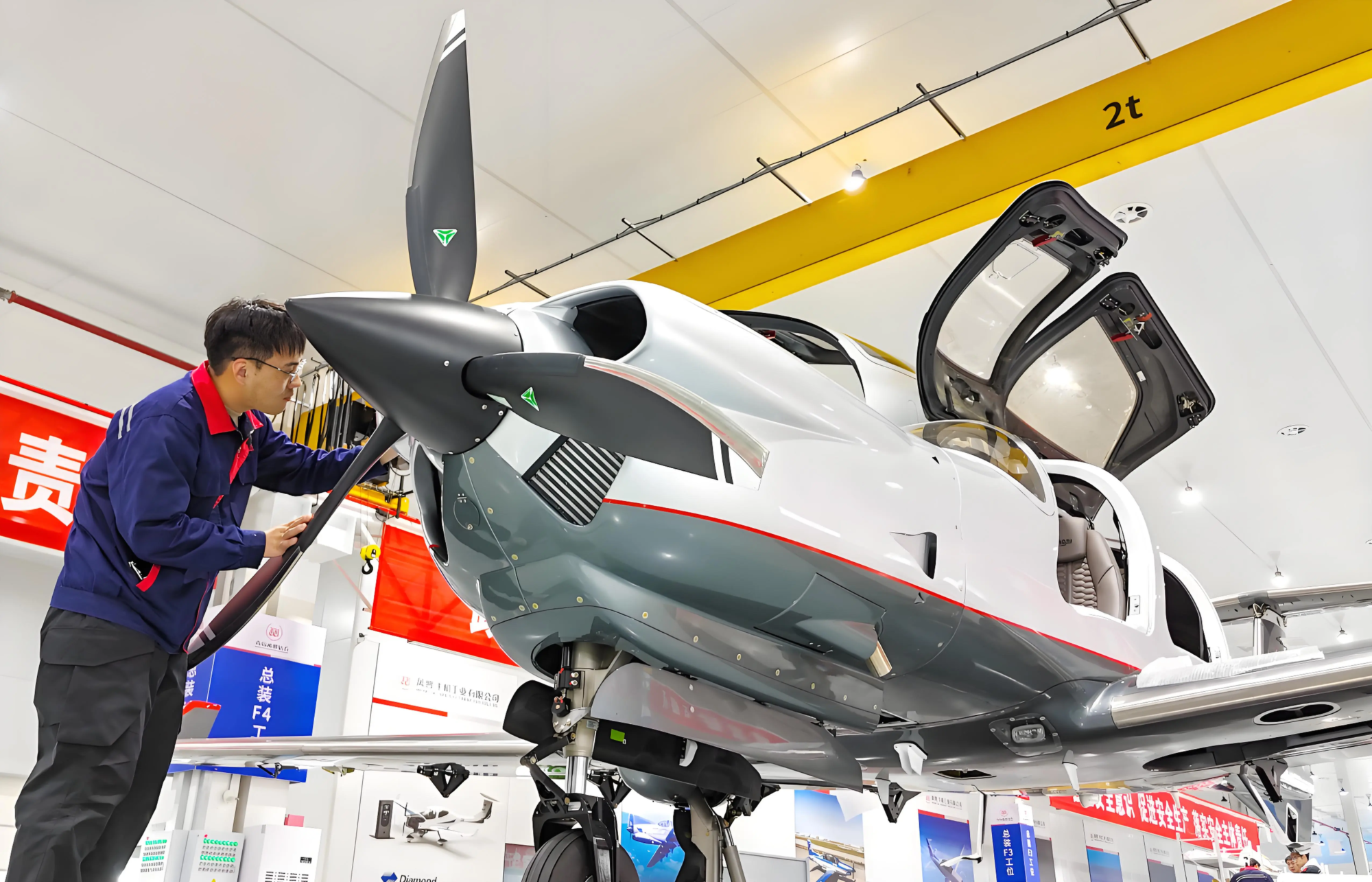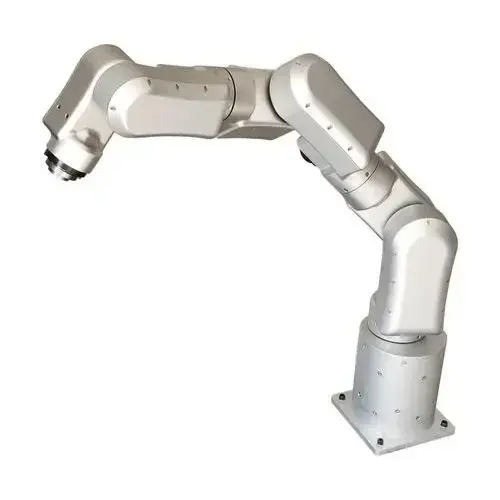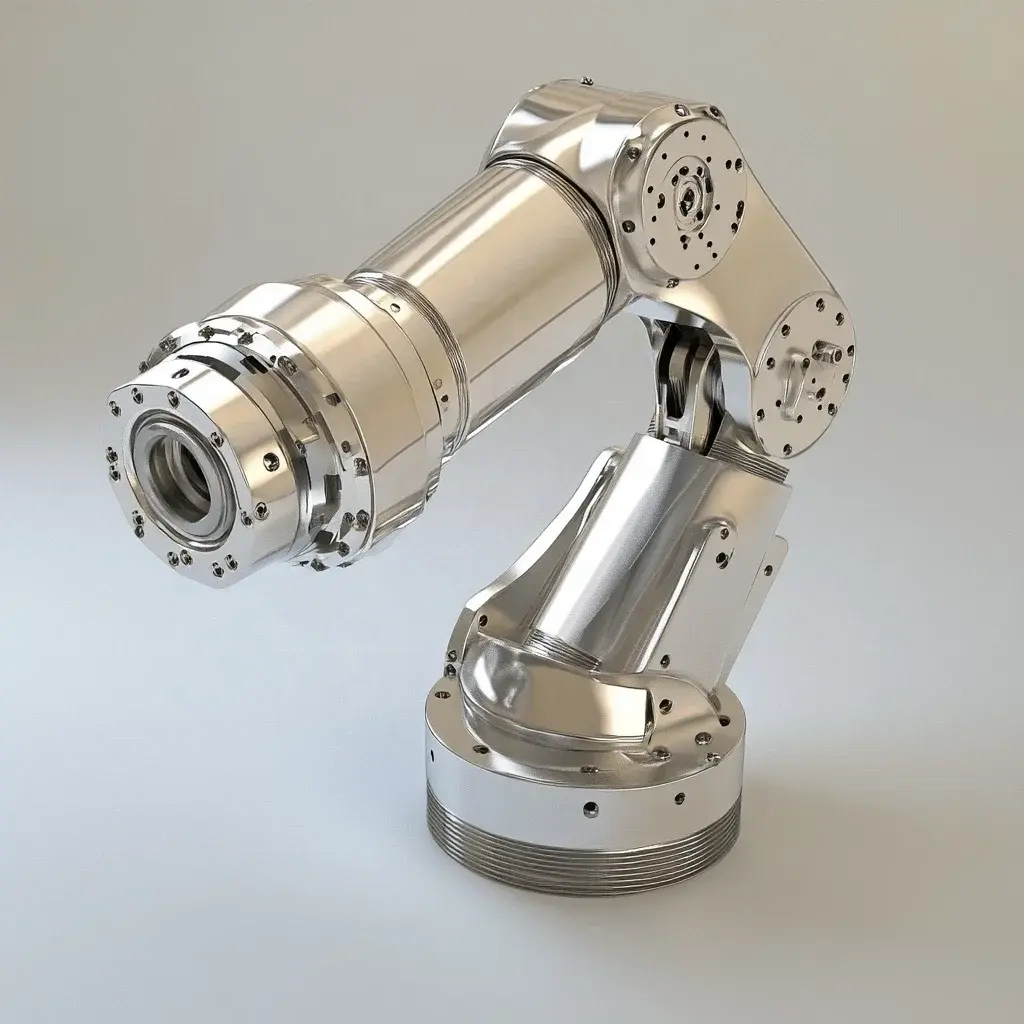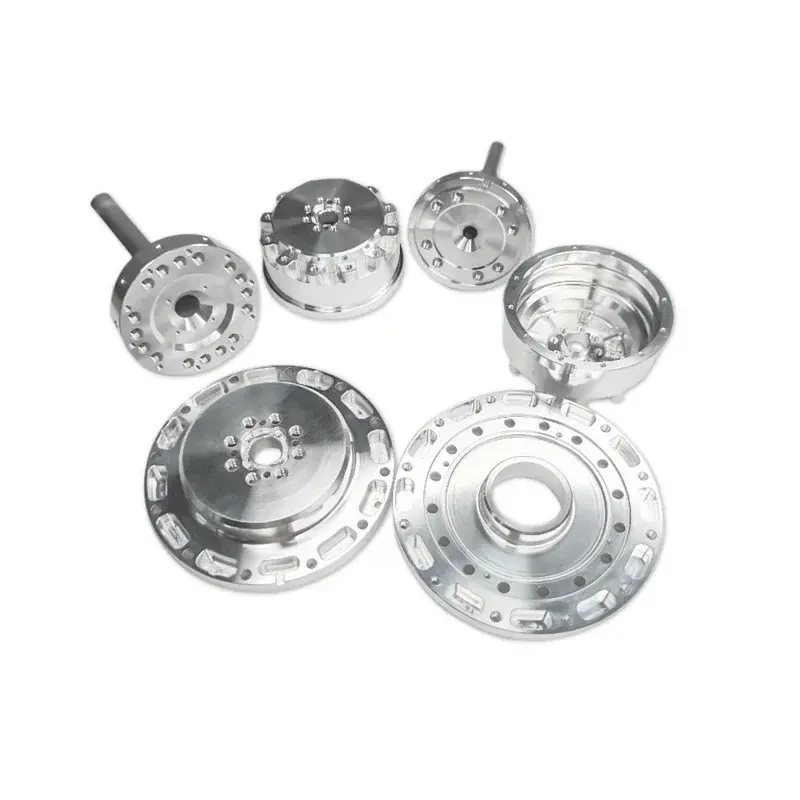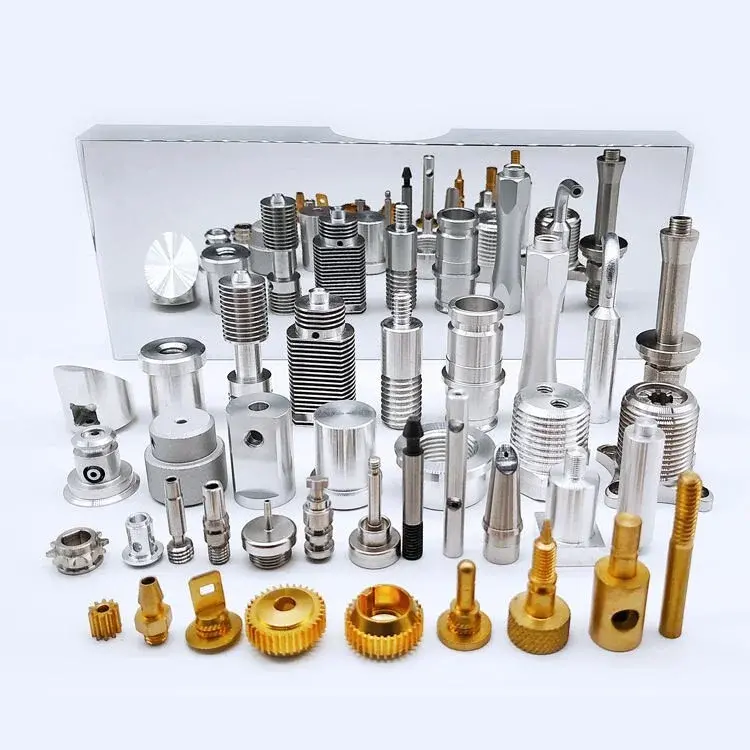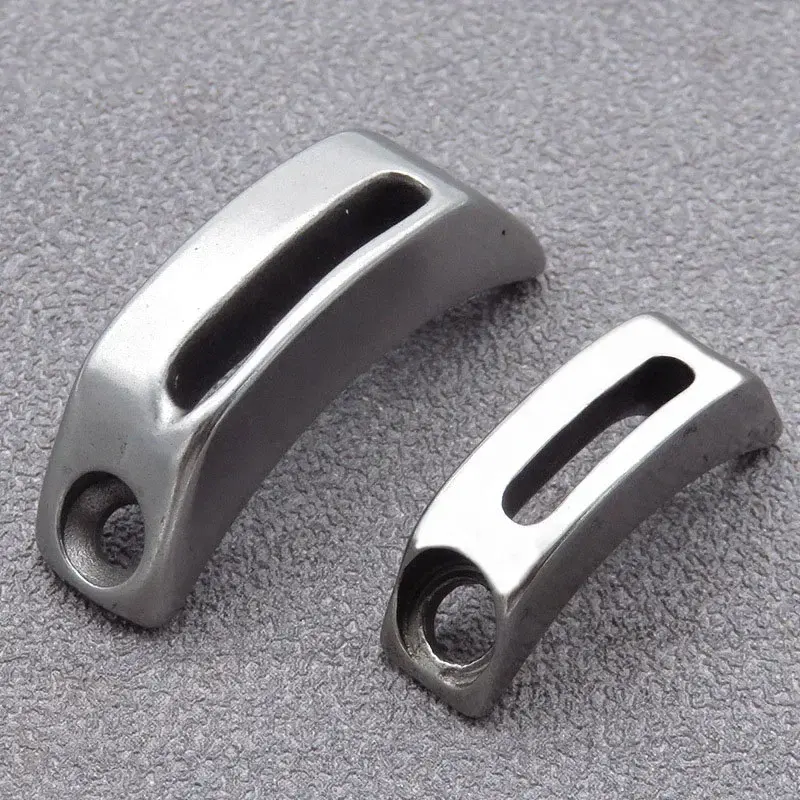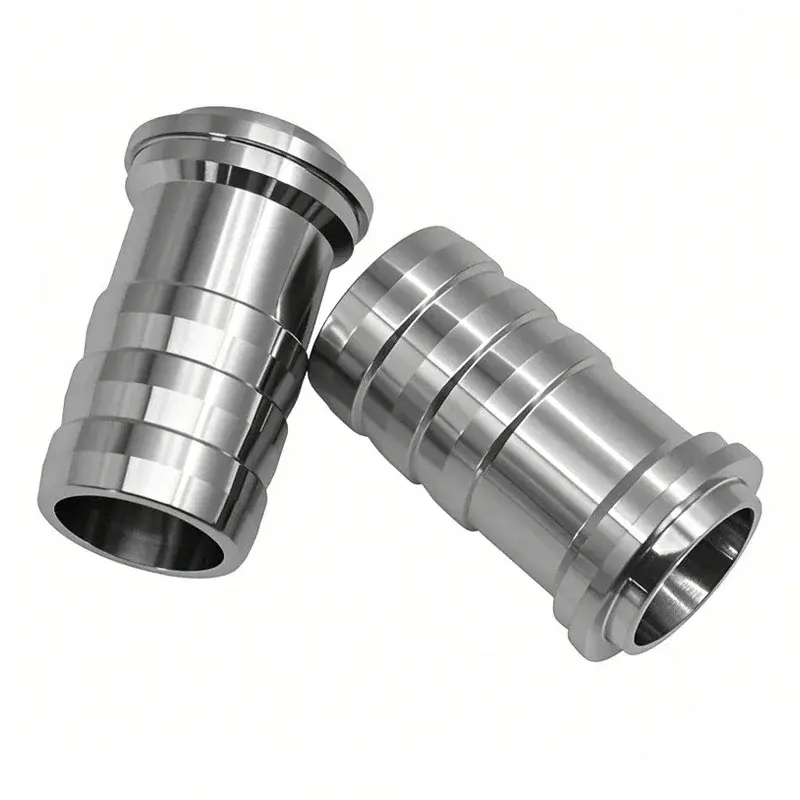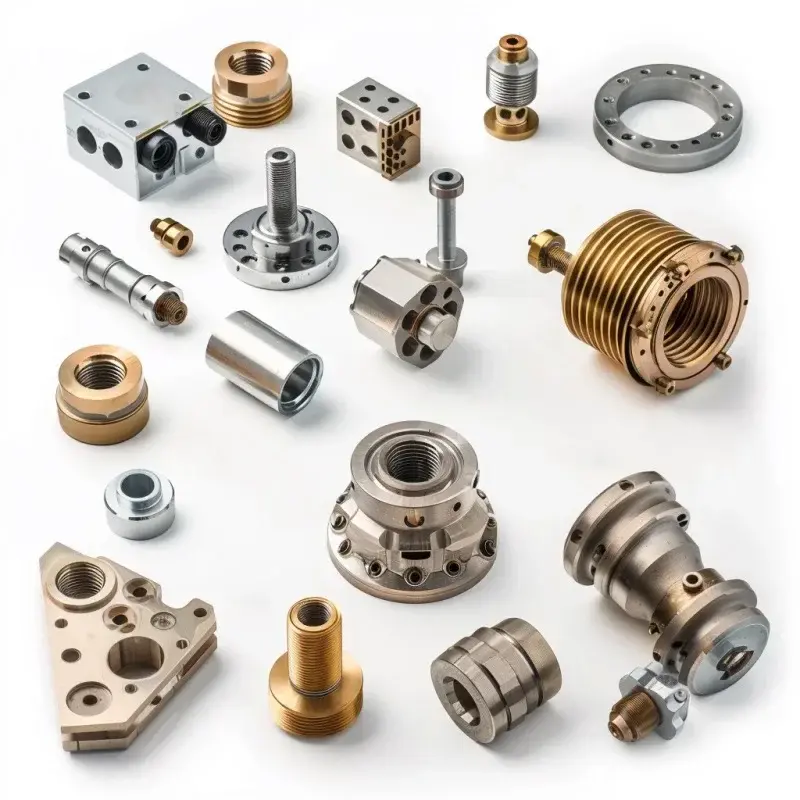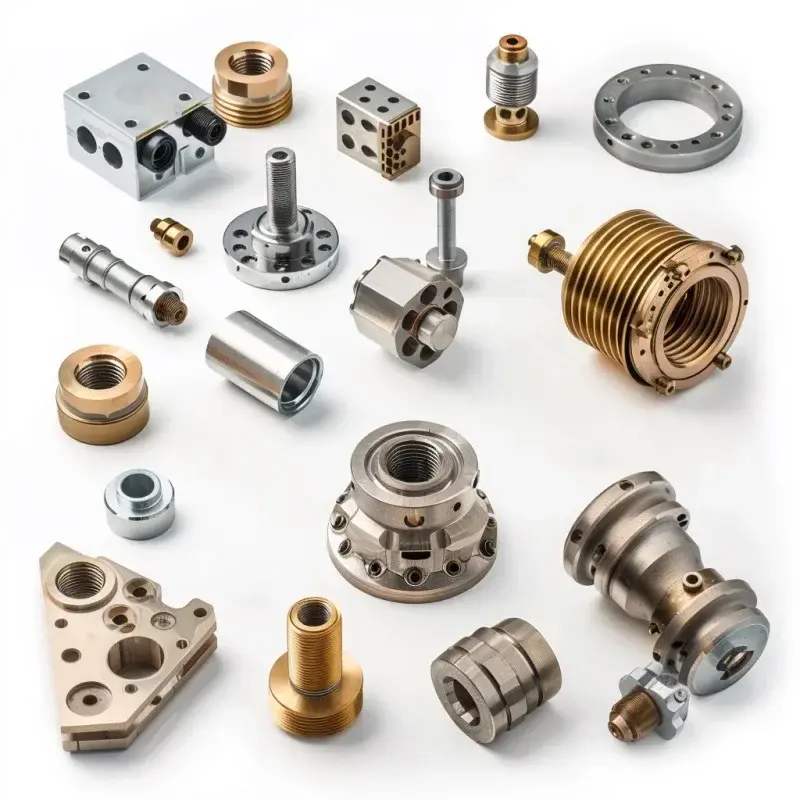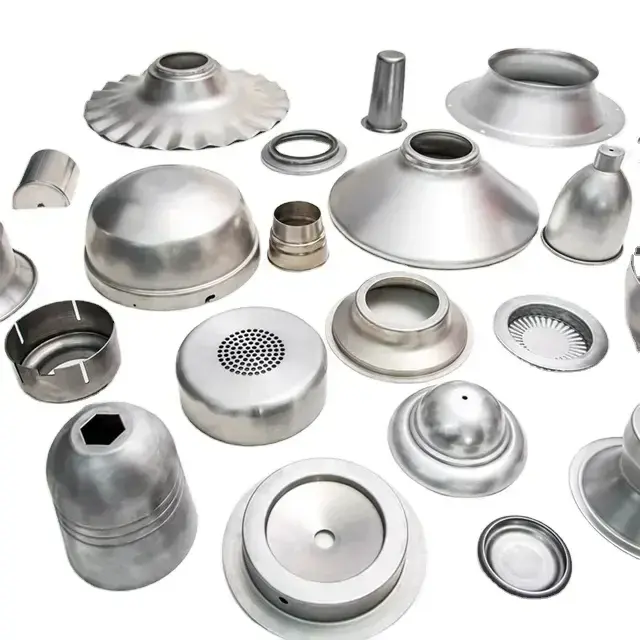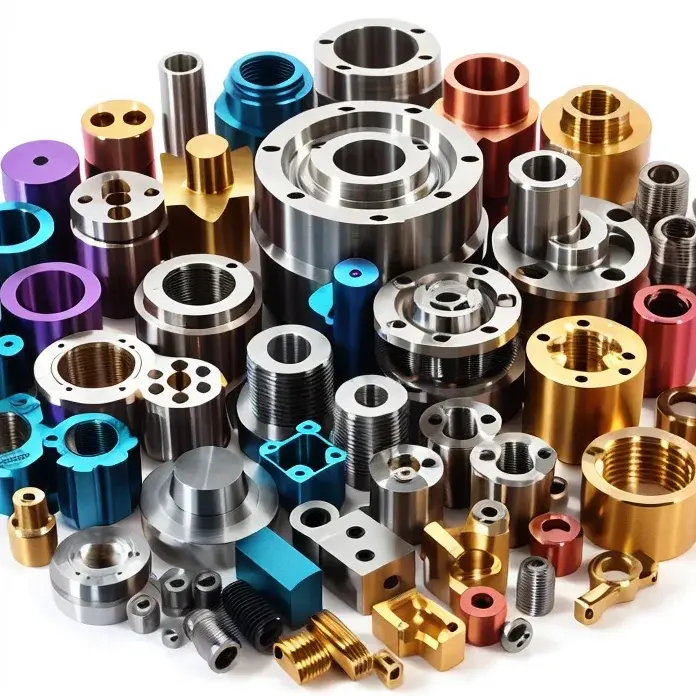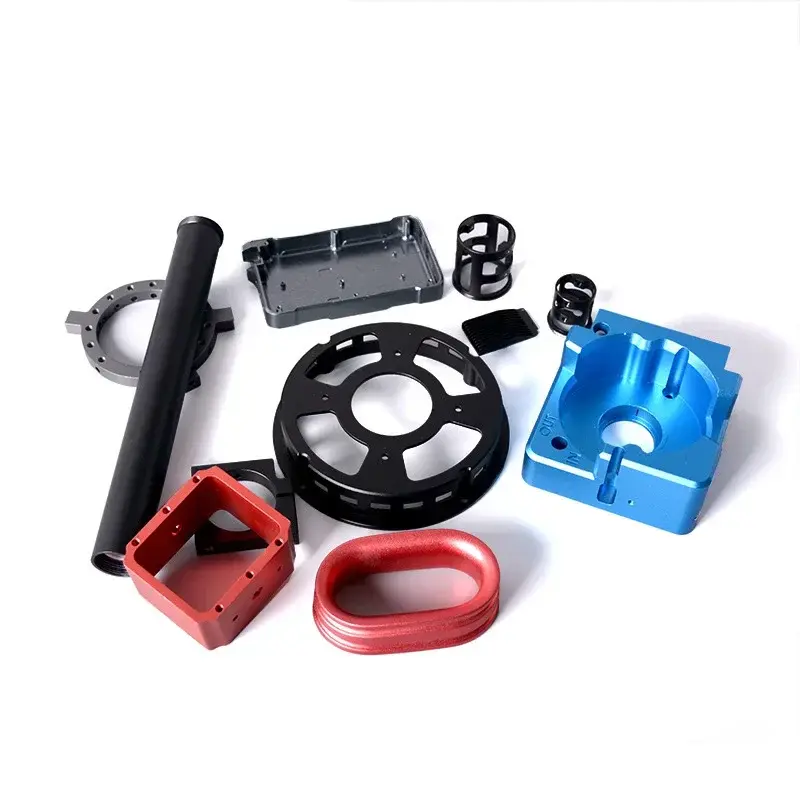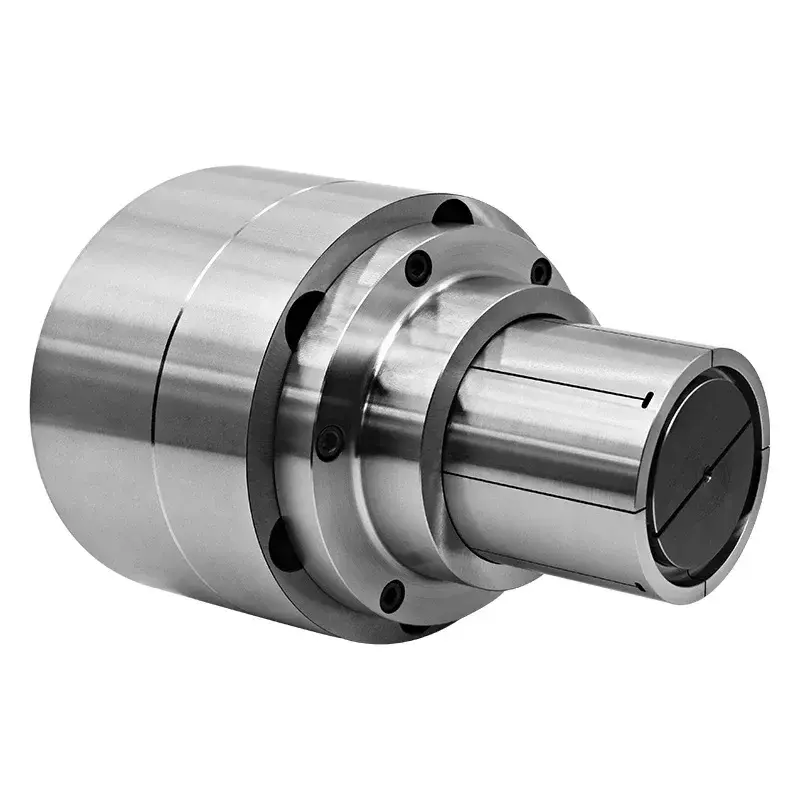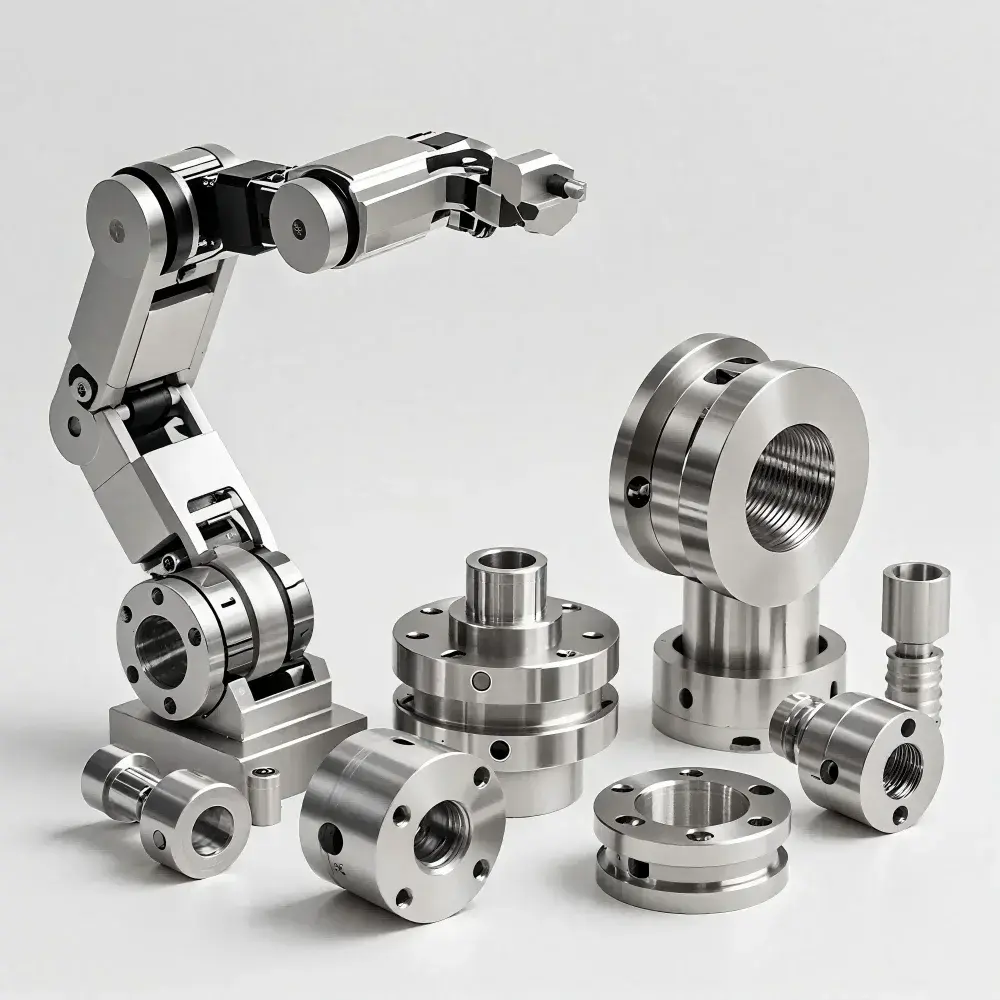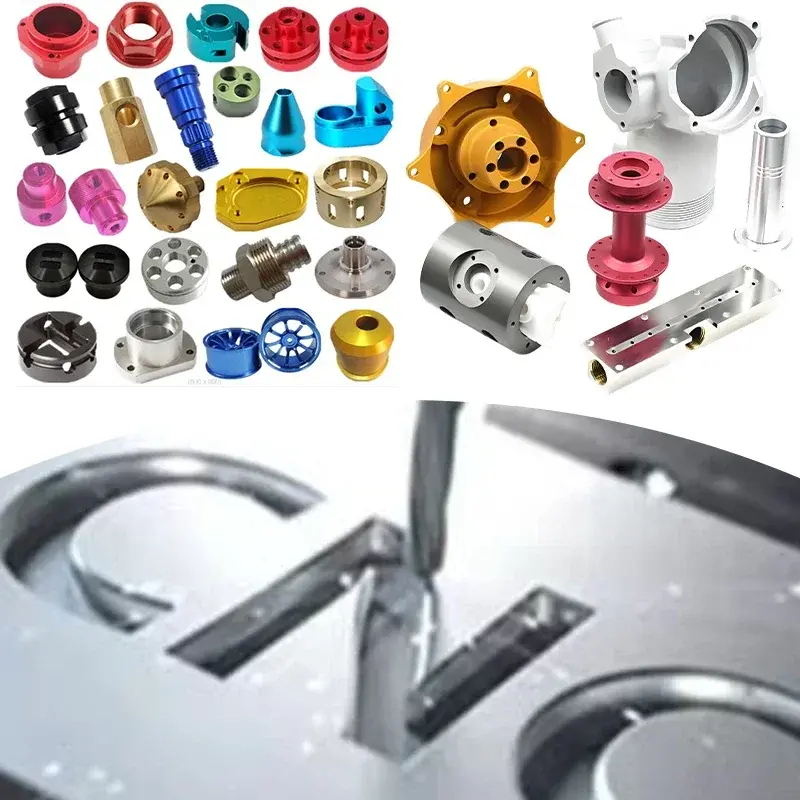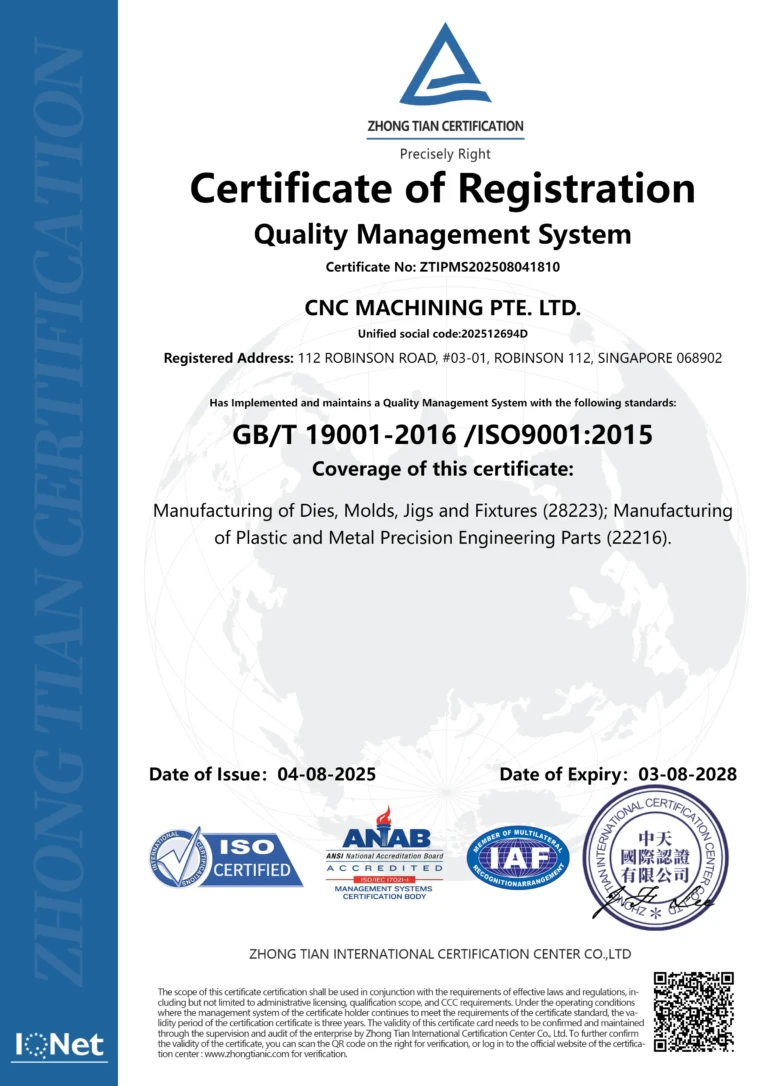Comprehensive Guide to Ultra-Light Aircraft Parts Suppliers: Technology Trends & Regional Supply Chain Strategies
Core Technologies & Market Demands for Ultra-Light Aircraft Parts
Special Technical Requirements for Ultra-Light Components
- Lightweight Materials Selection
Ultra-light aircraft parts suppliers increasingly rely on titanium alloys (Ti-6Al-4V) and carbon-fiber reinforced polymers (CFRP) to maximize strength-to-weight ratios. According to Aviation Materials Journal (2022), Ti-6Al-4V delivers a fatigue life 20% higher than conventional aluminum alloys, while advanced CFRP layups provide >1500 MPa tensile strength with density under 1.6 g/cm³. Processing challenges include tool wear from high hardness and fiber pull-out in composites. - Precision Manufacturing Standards
Meeting AS9100D certification requirements is non-negotiable: tolerances of ±0.005 mm on critical surfaces (e.g., flap actuators) reduce aerodynamic losses. One supplier reported achieving ±0.003 mm on a wing-rib fitting through optimized workholding and thermal-compensated toolpaths under AS9100D protocols. - 5-Axis CNC Machining Advantages
Complex, free-form geometries such as turbine blades and impeller housings are produced in a single setup using 5-axis CNC machining. By eliminating multiple fixtures, ultra-light aircraft parts suppliers cut cycle times by 40% and maintain surface finishes as smooth as Ra 0.2 µm—critical for airflow efficiency.
Market Demands & Industry Pain Points
- Military vs. Civil Requirements
Military spares must survive extreme conditions—Middle East trials demand heat-resistant coatings rated to 80 °C ambient, while civil OEMs prioritize lifecycle cost under 20,000 flight hours. Ultra-light aircraft parts suppliers balance these conflicting specs through modular design. - Supply Chain Responsiveness
Leading providers now offer a 72-hour turnkey emergency-spare service: from order receipt to global courier dispatch. This “hot zone–cold zone” model segments parts by criticality, ensuring flight-critical spares ship within 3 days, while less urgent components follow standard lead times.
Regional Competitiveness of Aircraft Parts Suppliers
Asia-Pacific Cluster
- China’s Guangdong Advantage
Over 60% of Guangdong’s aerospace shops employ 5-axis CNC machining, per the 2023 China Aviation Manufacturing Whitepaper. Great Light Technology’s facility in Shenzhen reduced aluminum door-hinge cycle time to 5 days—30% faster and 25% cheaper than 2022 benchmarks. - Emerging India & Southeast Asia
• Delhi, India: A burgeoning CAD/CAM research hub complemented by low labor costs.
• Malaysia: Dedicated Cessna-series spares warehouses enable next-day fulfillment across ASEAN.
Middle East & EMEA High-End Markets
- Dubai’s Logistics Hub
Dubai Free Zones offer zero-duty transit services for engine spares. Heat-resistant ceramic coatings validated at 50 °C ground tests extend part life by 15%. - Western Technology Barriers
U.S. ITAR restrictions limit export of precision turbine disks. European firms like APWORKS (an Airbus subsidiary) hold key CFRP 3D-printing patents, raising barriers for non-EU suppliers.
Innovative Applications of 5-Axis CNC in Aerospace Manufacturing
Technical Breakthroughs & Cost Optimization
- Integrated Fuel Nozzle Machining
Traditional welded assemblies are replaced by 5-axis multi-channel roughing and fine-finishing in Inconel 718, slashing weld defects and reducing assembly steps by 70%. - Adaptive Cutting for Titanium
Real-time vibration suppression—drawn from DMG MORI 2023 technical bulletins—maintains cutting forces within 5% variance, doubling tool life. - Digital Quality Monitoring
In-process laser scanning has driven scrap rates from 2% down to 0.3%, enabling just-in-time acceptance without offline CMM cycles.
Great Light’s Industry Solutions
- End-to-End Service Model
From CAD review to anodizing, Great Light’s “full-flow turnkey” approach streamlines project handoff. Their patented magnesium alloy corrosion treatment ensures marine and high-moisture resilience. - Modular Production for Cost Control
A South African aerospace client achieved 15% annual cost reduction through modular batch runs—switching between part families in under one hour.
Aircraft Spare Parts Procurement Guide
Seven-Dimension Supplier Vetting
- Certification Completeness: NADCAP heat-treat audit and ISO 14001 environmental compliance
- Technical Responsiveness: 24-hour engineering support for rapid order changes
- Regional Service Network: Saudi stocked warehousing vs. Singapore cross-border consolidation
- Quality Metrics: First Article Inspection Reports (FAIR) and PPM ≤50 in mass runs
- Capacity & Flexibility: Minimum viable order of 10 pcs–scalable to 5,000 pcs/month
- Traceability: Material lot control integrated into ERP with blockchain timestamps
- Financial Stability: Tier-1 credit ratings to underpin long-term contracts
Balancing Cost & Risk
- Inventory Optimization Model: A Monte Carlo–based forecast (MIT Supply Chain Forum) predicts spares demand with 95% confidence, reducing onsite stock by 20%.
- Alternative Supplier Strategies: To navigate ITAR constraints, major UAV OEMs have established Chinese localized lines, cutting lead times from 16 to 8 weeks.
Future Trends: Smart & Sustainable Supply Chains
Technology Evolution
- AI-Driven Predictive Maintenance: Machine-learning algorithms analyze tool-wear data to auto-tune feed/speeds for each batch.
- Green Machining Practices: EU mandates requiring 95% coolant recycling by 2025 are already implemented at leading shops using centrifuge-based filtration.
Regional Market Opportunities
- Africa’s Emerging Demand: South Africa’s revised general aviation regulations trigger a 30% surge in spare-parts orders.
- RCEP-Driven Realignment: China–Malaysia–Thailand tariff reciprocity fosters cross-border cluster growth, with parts lead times cut by 40%.
References:
- Aviation Materials Journal 2022 Special Issue: Titanium Fatigue Performance
- VDW (German Machine Tool Association) Annual Report 2023
- Great Light Technology Whitepaper, 2024 Edition
- MIT Supply Chain Management Forum: Risk Mitigation in Aerospace Procurement
